
To stop... now more than ever these words mean so much. It seems so simple, but how difficult it is to do. We are all used to running, doing, hurrying, catching up. Even if you see that nothing will collapse if you don't hurry, you still do it. Run too fast, buy too much, cook even though it won't all be eaten. And what then? Then the end, and another day like all the others. How hard it is sometimes to press that pause button. But since it's the weekend, we press that button and go to discover the beauty of the world. This weekend we are devoted to exploring one more underground cave - Kastania Cave - the second of its kind in Europe.

Thanks to the rich geology, during the course of evolution, thousands of magnificent underground and underwater caves were formed both on the mainland and on the islands of Greece. Systematic research carried out by geologists and speleologists has identified more than 8,500 caves of all categories, many of which still remain unexplored.
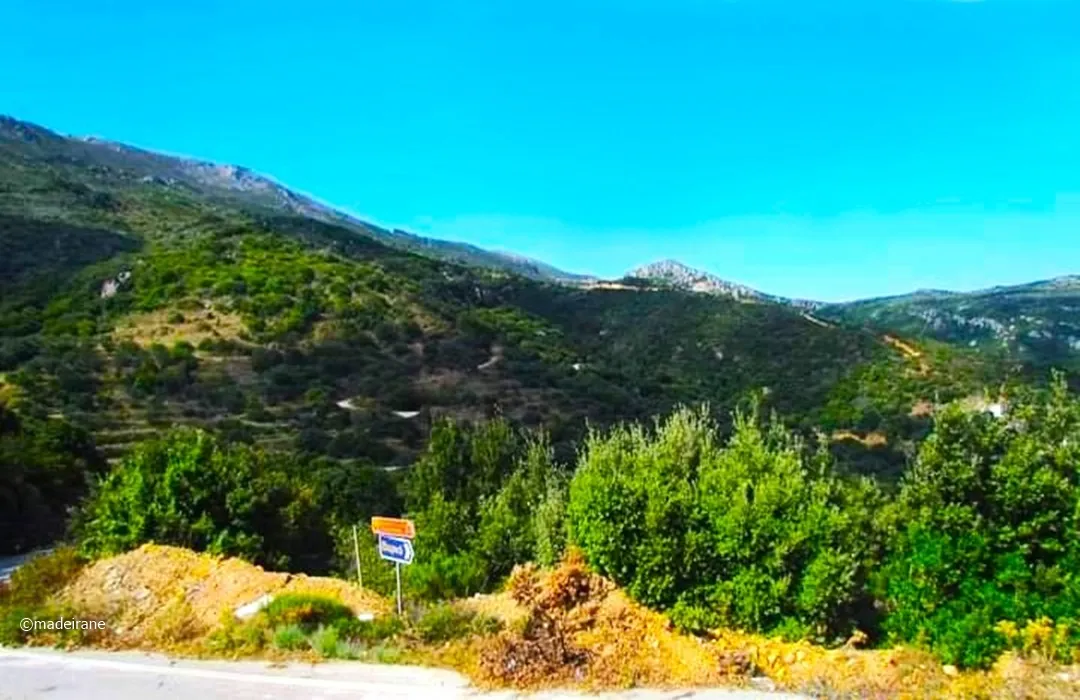
Numerous caves are associated with huge reserves of limestone covering about 65% of the country's surface. Many of these caves have yielded vessels, bones, rock art, jewelry and fireplace marks, as well as a range of other finds that indicate a very early human presence.
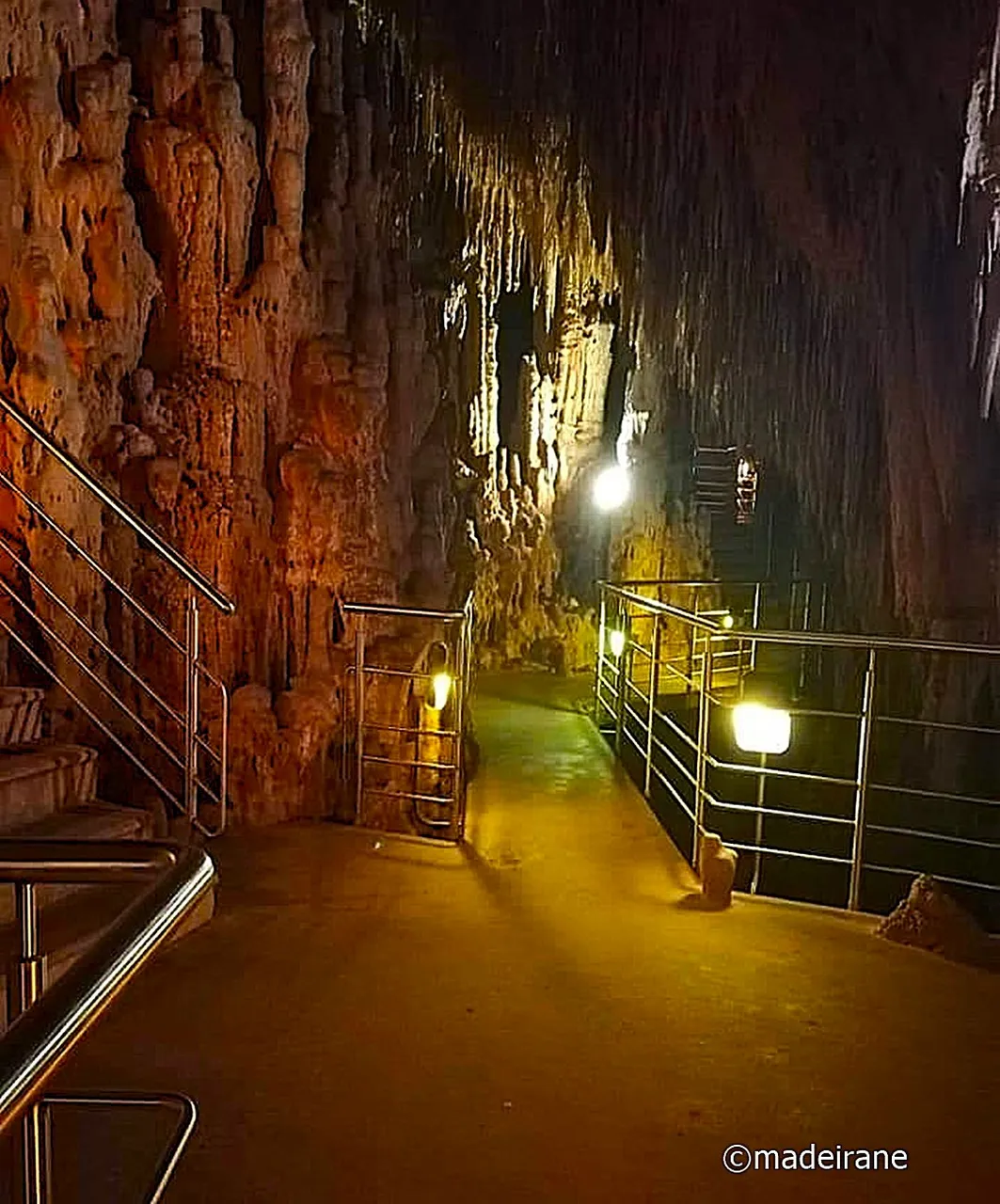
In ancient times, the underground world was used as places of worship. Later, churches and monasteries were built inside the caves. Many of the caves, which are located on steep slopes, were used by monks as hermitages. In addition, such caves played an important role in the Greeks' struggle for independence - inside of them, shelters, hospitals, workshops were created.

The history of the caves of Greece is covered in myths and legends, which since ancient times have been considered the gateway to the underworld of Hades. During wars, they became natural refuges. Tourists from all over the world visit this unusual and beautiful underground world every day.
A few years ago, a modern road solved the problem of safe access to a tourist site - the cave of Kastania, which became the mass attraction of tourists after it was opened for excursions.

This amazing structured cave in Greece was discovered while observing bees using it as a resting place. At the beginning of the 20th century, Kostas Stivaktas sat in a field next to the Church of St. Andrew and watched as bees flew into a crack in the rock, and when they left it, they seemed to have rested.
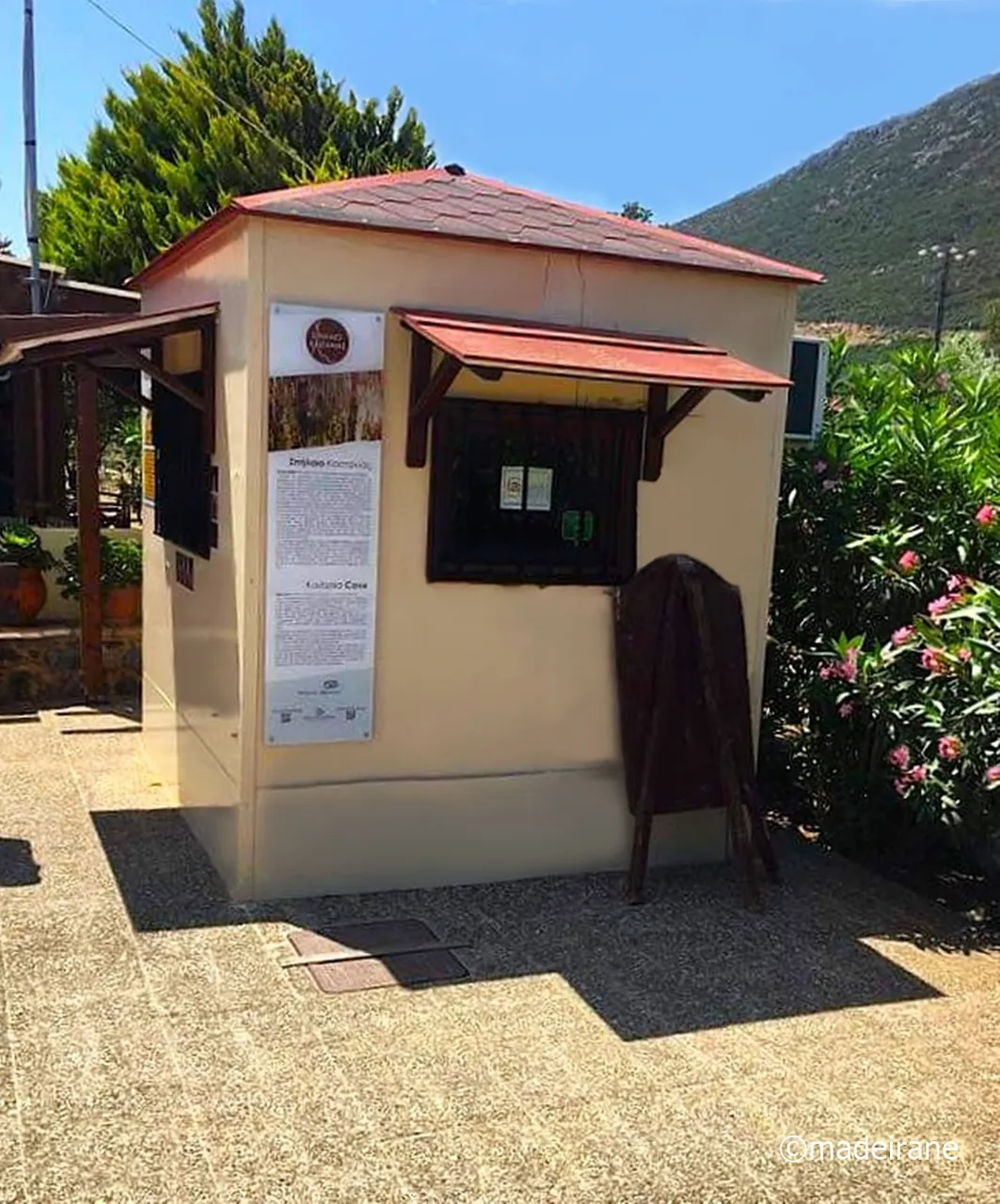
Noticing such a wonderful transformation, he broke open the crack and, to his surprise, discovered a beautiful and rare cave full of stalactites and stalagmites of incredible colors and shapes. Since then, he and his descendants have often come to the cave, holding dried bushes in their hands, lit like a torch, in order to draw water from the small well inside in the light. This continued until 1958, when the cave became more famous and came under the patronage of the Kastania community. Today the cave consists of several well-equipped unique halls and is open for tours.

Rare layers of rocks in the form of disks and smooth stalagmites were deposited along the walls and ceilings. If you are lucky, you can catch a rare resident of the cave - the greenfly - a locust-like insect that is both blind and deaf. Those blind crickets live there and filter nutrients from the water.
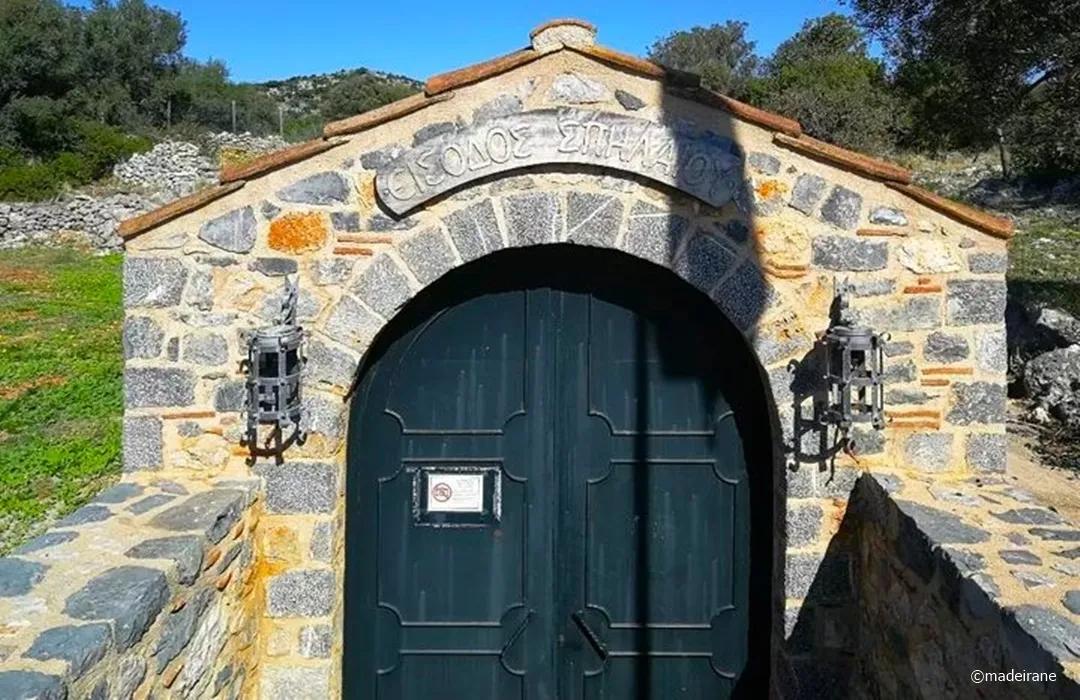
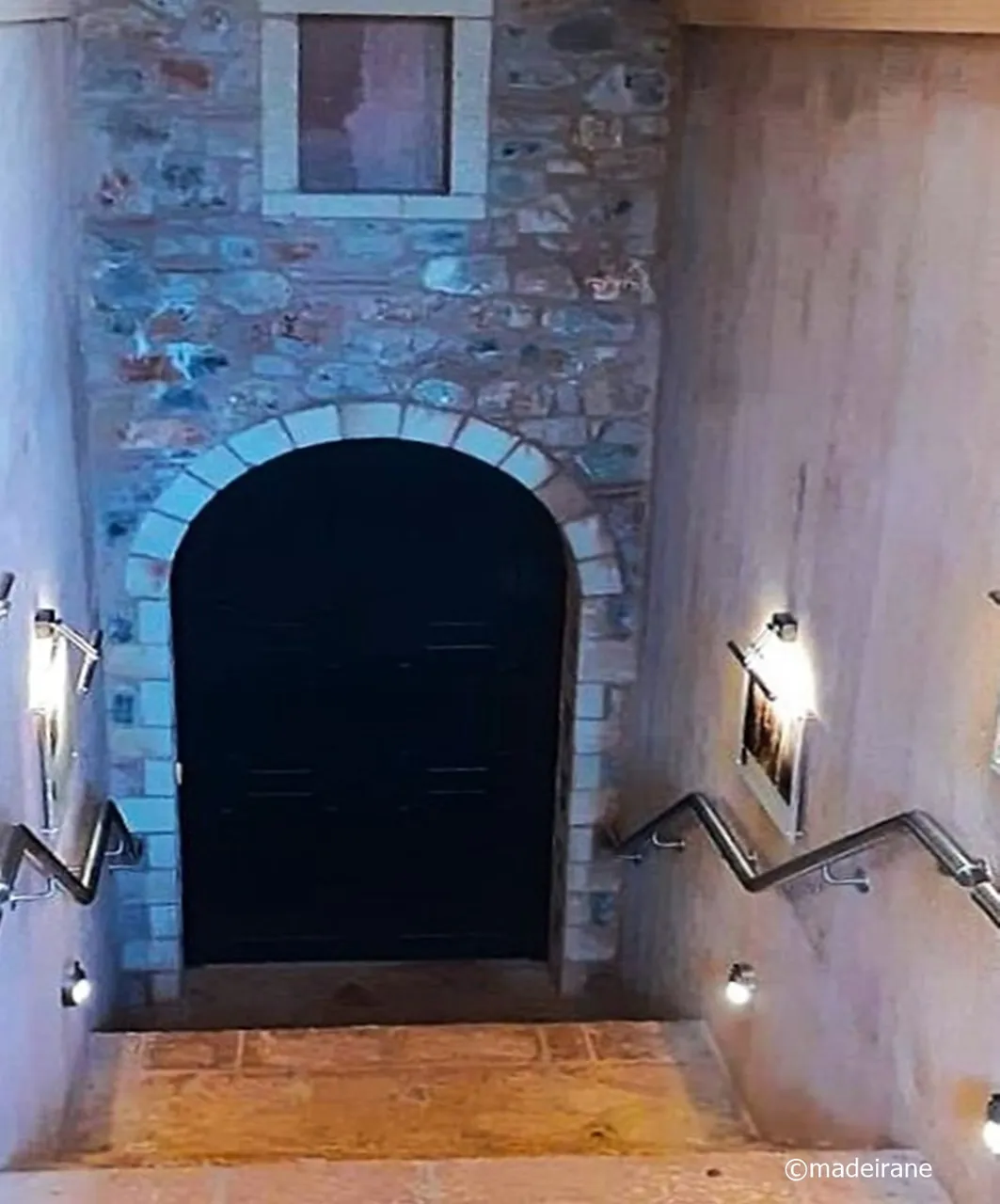

In winter, it is open only on weekends, and in summer, from July 1 to September 15. Excursions are carried out every hour. It costs 7 euros for an adult. There is a café where you can wait or have a cup of coffee.

Entering the cave, we felt like we were in a fairy tale, there were so many different figures... I am sure, if you visit it, the cave will blow your mind. Perfect samples and a great variety of stalagmites and stalactites. I was impressed by the number of them that can be found per square meter. We were absolutely amazed. Kastania cave is one of the most breathtaking places I have ever been to! Our excursion lasted 30 minutes.
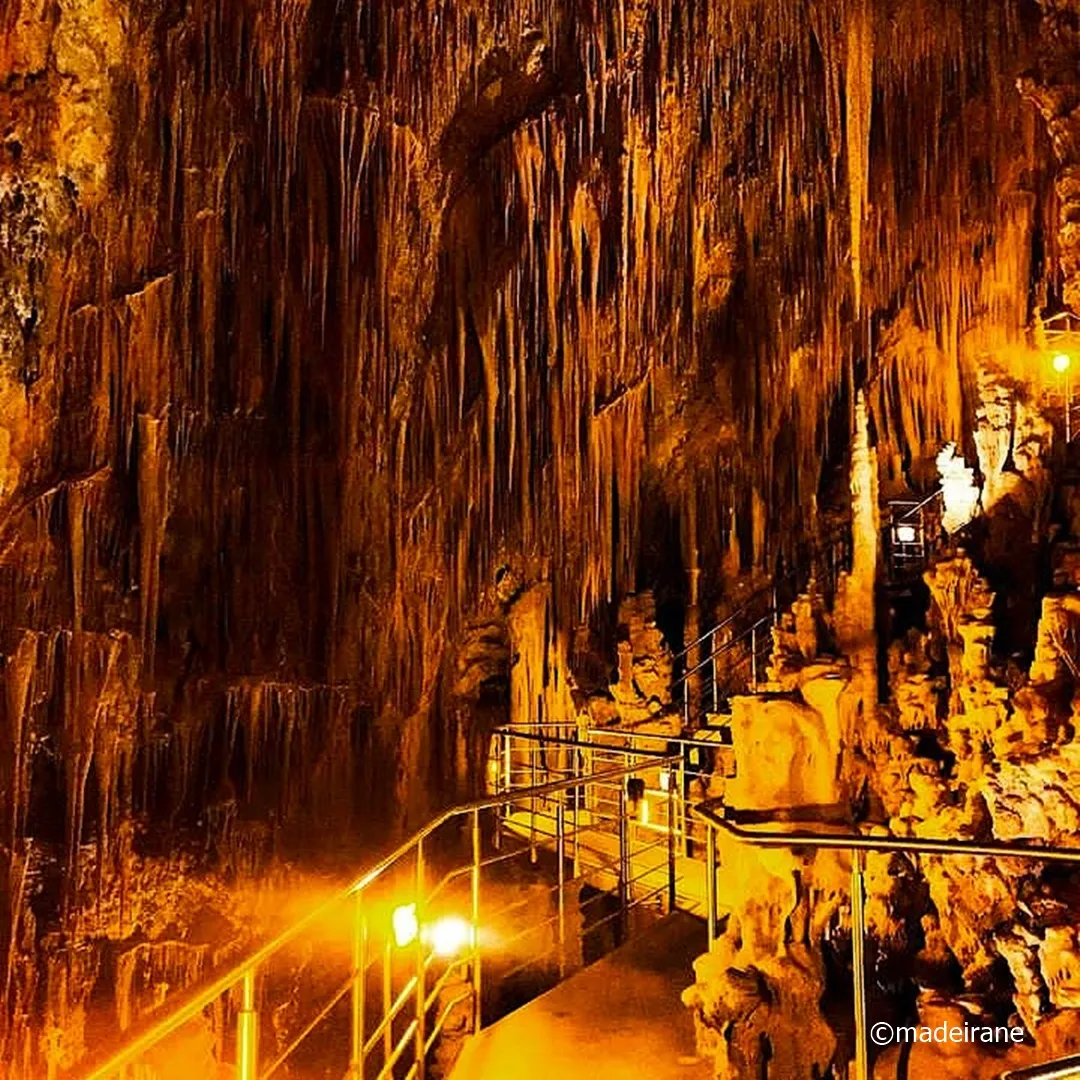

However, photographs or videos are not allowed, and you cannot enter the cave without a guide. Of course, everyone is taking a few photos secretly. I've visited quite a few limestone caves and this one is truly magnificent. There are thickets of stalactites of any size and various colors.

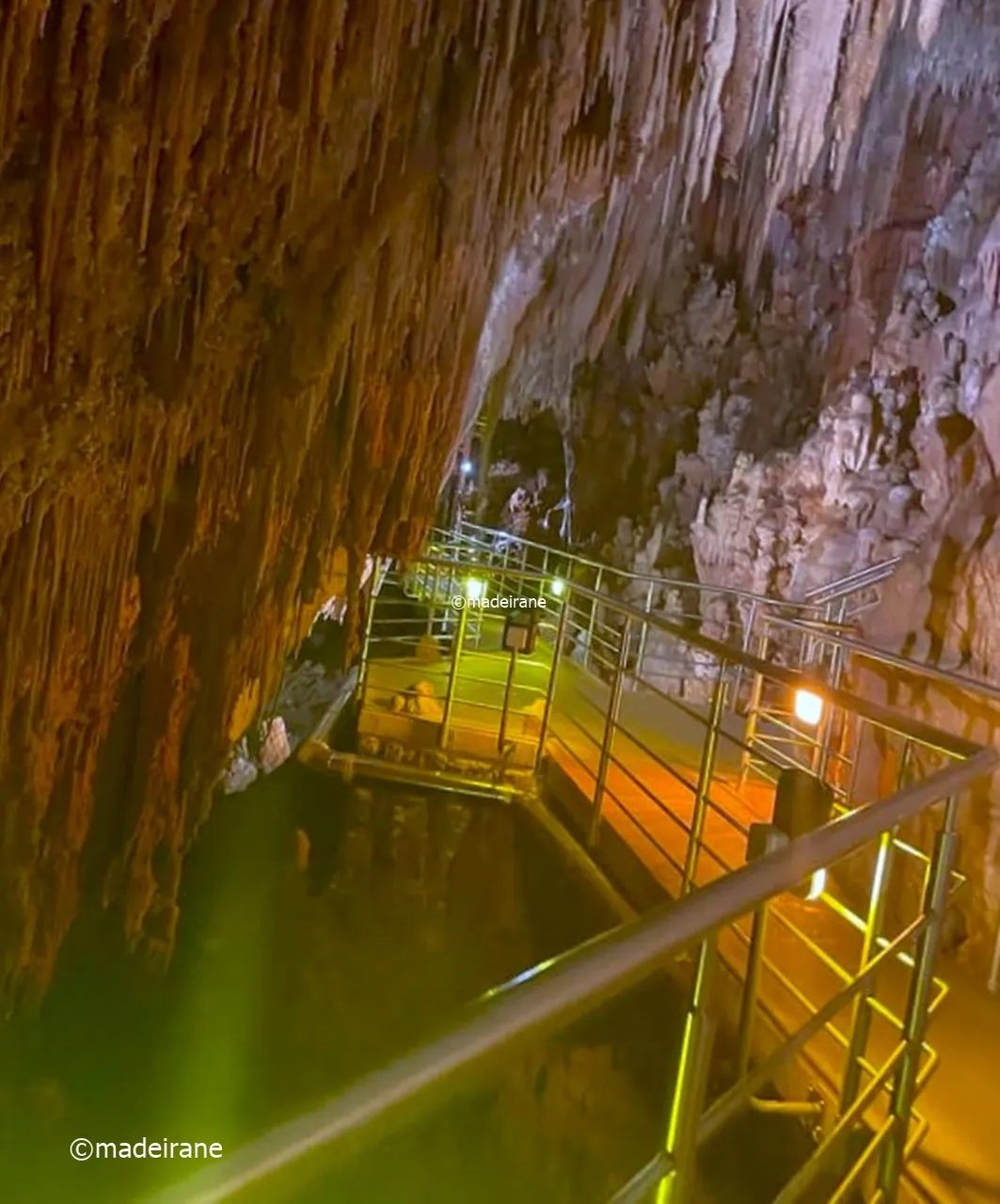
The caves are very well-preserved and maintained and are full of beautiful formations. The roofs of the premises are dense with stalagmites and large columns. The place is truly magical and well worth the long trip to the south of the Peloponnese. I have seen several caves, but I have never seen such a dense accumulation of stalagmites, stalactites, curtains and columns. They even have tiny horizontal thorns.

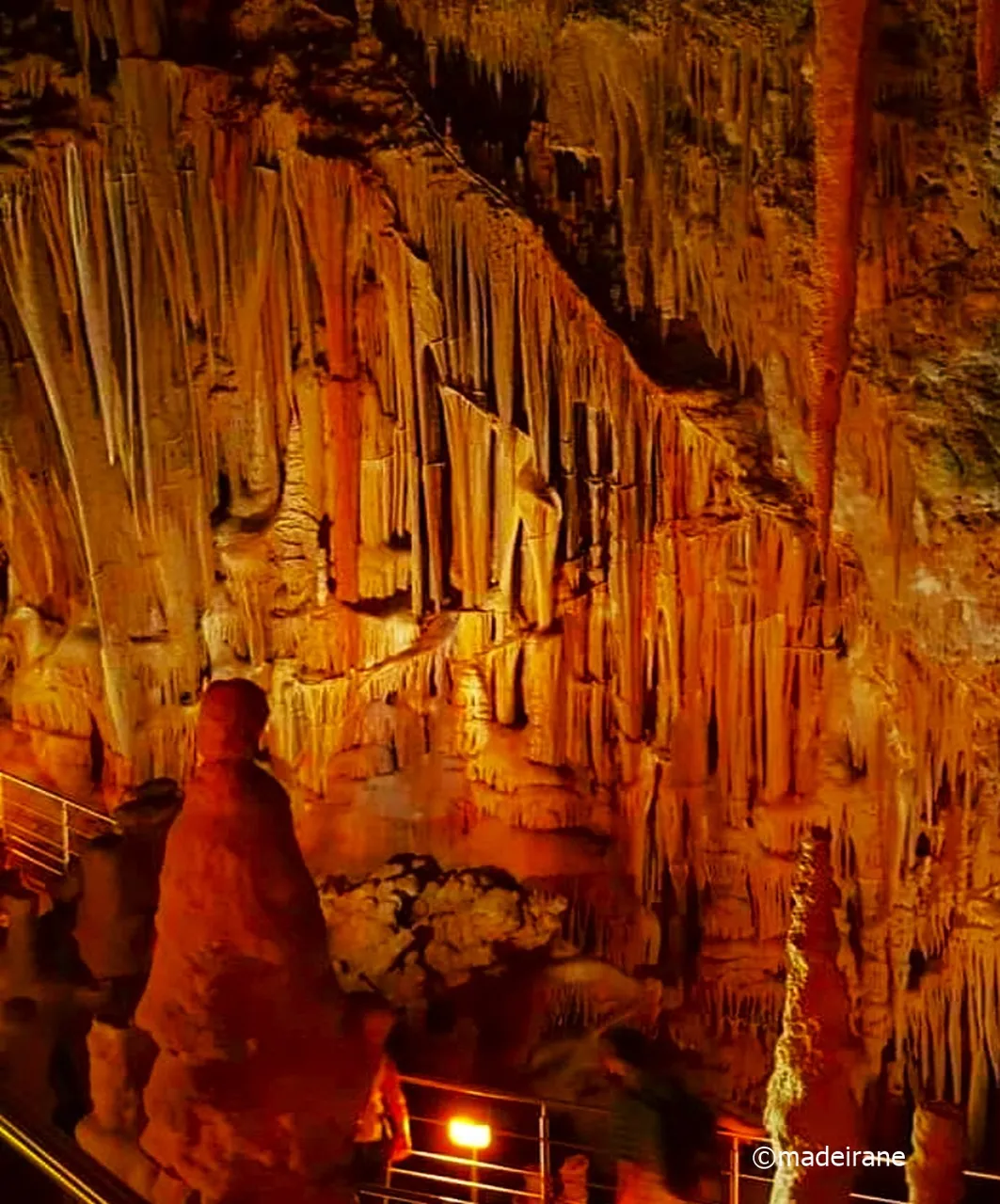
This three-million-year-old cave is a perfect example of what can sometimes be done without just any human intervention and is well worth a visit! It is situated in the middle of Laconia, about an hour's drive from Monemvasia and half an hour from Naples. The place is a real surprise: it is literally full of stalactites and stalagmites of different shapes and colors, it is easily accessible, and the temperature is very pleasant.
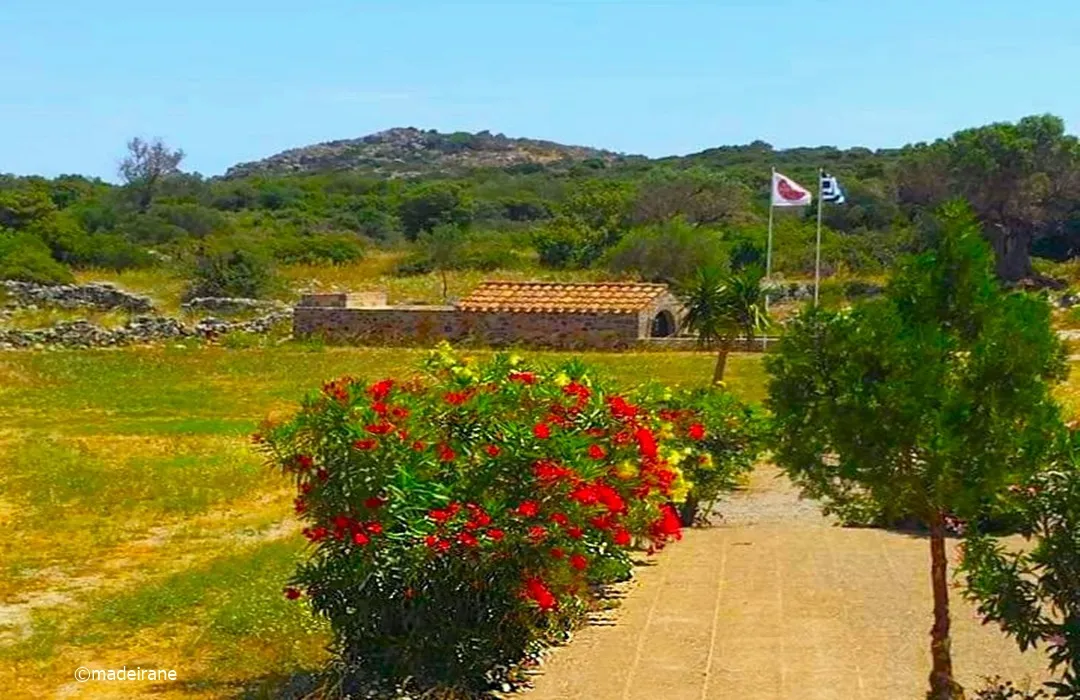
💝💝💝💝💝💝💝💝💝💝
With love @madeirane
Photos are taken by me.
© 2024